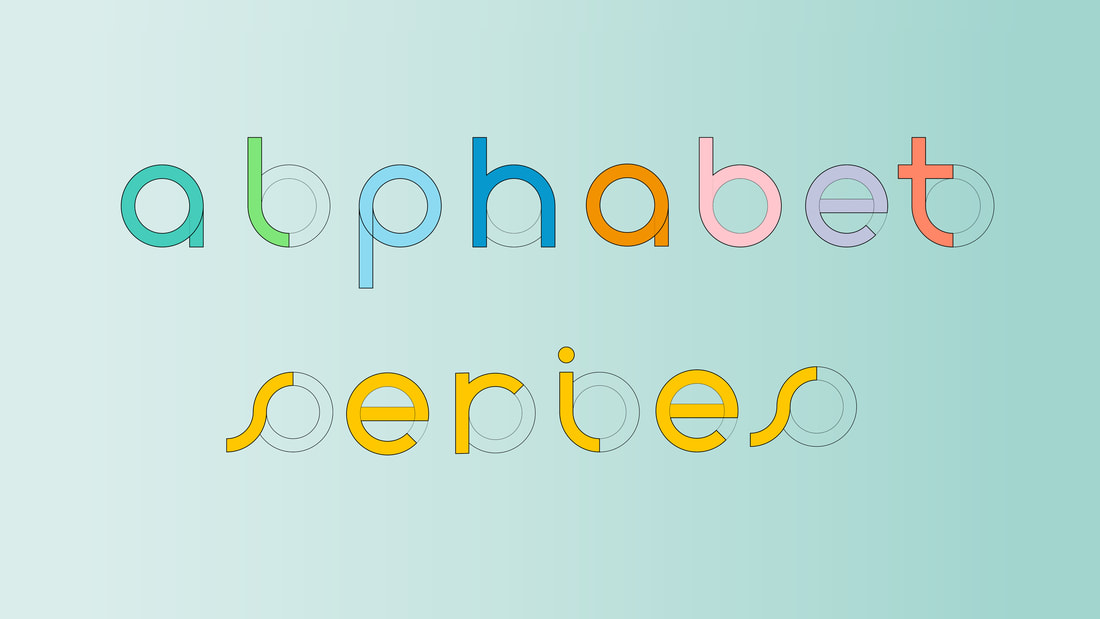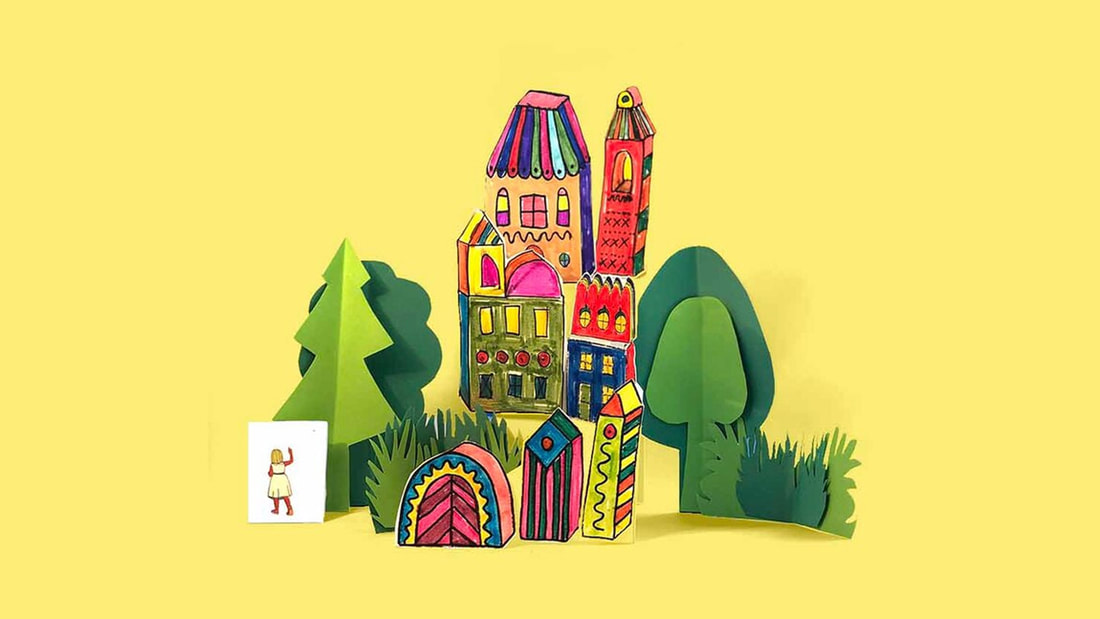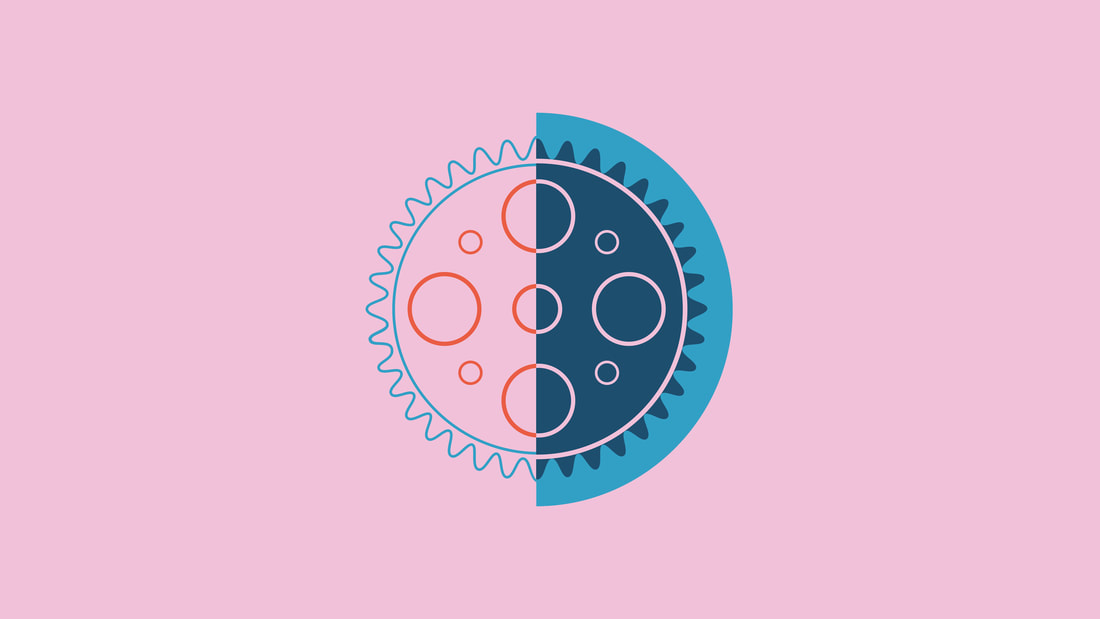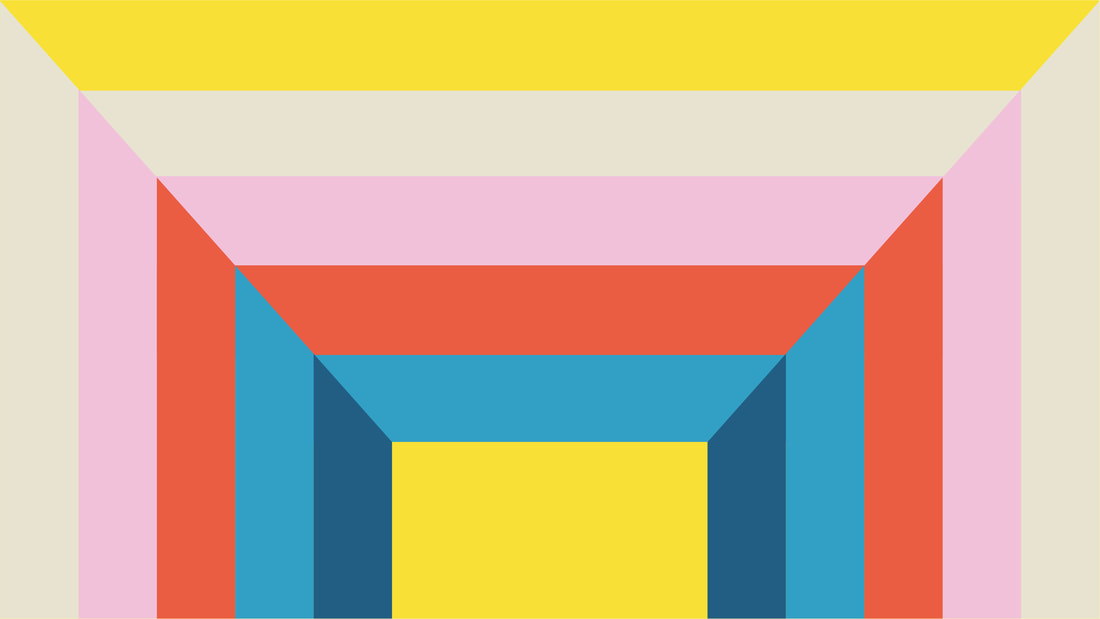Creativity TimeFree activities to enjoy at home
All of our content encourages screen-free, hands-on creativity and playful fun, inspired by the built environment. From creating the London skyline to learning from nature’s builders, we have created a series of tasks and activities that are perfect for working on at home.
We love seeing what you create at home. To be featured in our gallery, send your photos to [email protected] Alternatively post your creations to our Instagram feed using the hashtag #SfCTCreativeKits |
|
School for Creative Thinkers™ © 2022





